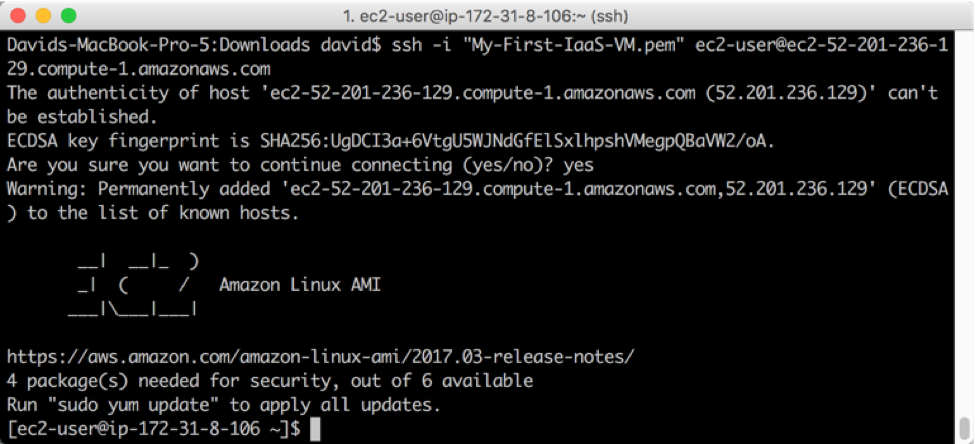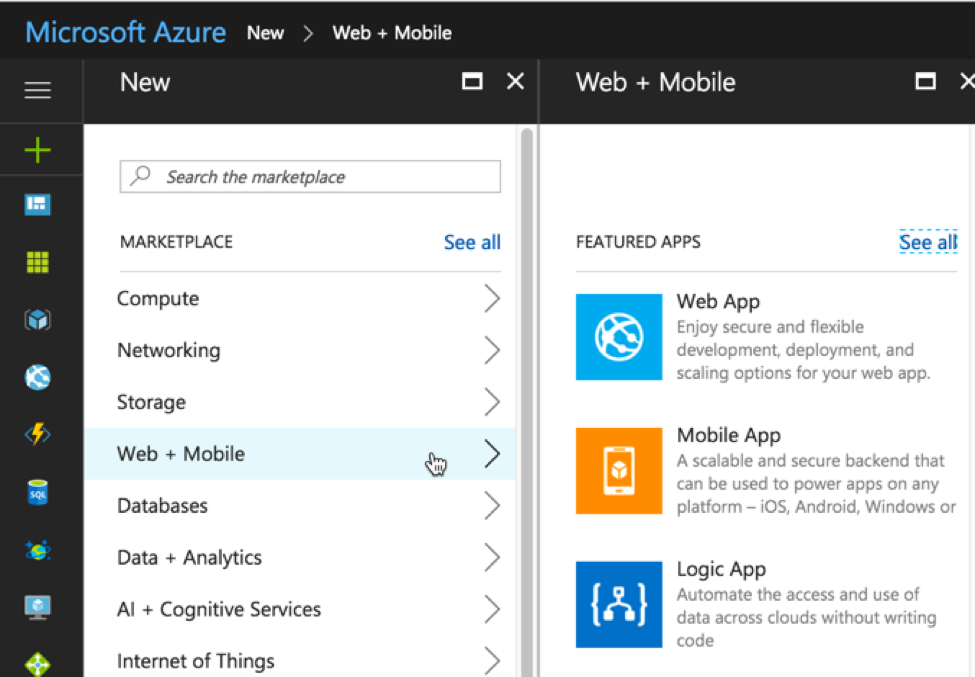Author: David Davis
By now you’ve probably seen plenty of ads telling you to “take it to The Cloud!” And while most folks seem to have a general understanding that the cloud is a type of internet-based service, they still can’t agree exactly what it is beyond that. It doesn’t help that the sellers of those hyped-up cloud services are less descriptive than they are persuasive. How are you supposed to know what you’re getting yourself into? Are all cloud services pretty much the same? Why do you need this mythical-sounding thing in your life again?
Before you jump on the bandwagon, let’s take a look at what you need to know. We’ll cover the top three types of cloud services so that you can choose the perfect fit.
OK, let’s back up. What is the cloud?
In order to define the cloud, we must first clarify that we’re talking about cloud services that are connected to the public internet. These services are widely available, typically for a charge. We aren’t referring to your own on-premises private cloud that you can create in your own datacenter; this type of infrastructure is appropriately called a private cloud.
The (public) cloud is an on-demand computing resource, typically performed locally, that is delivered to you over the internet. Cloud computing efficiently pools computing resources, is delivered on-demand (almost instantly, whenever you need it), is easily scalable, and you only pay for what you use. You also have many different options when it comes to the cloud. This includes, but is not limited to Backup-as-a-Service (BaaS), Desktop-as-a-Service (DaaS), Education-as-a-Service (like Pluralsight) and others (XaaS, also known as Anything as a Service). But don’t worry, most cloud types consumed include just three: Software, Infrastructure and Platform.
Type 1: Software as a Service (SaaS)
With Software as a Service, or SaaS (pronounced s-ah-s) you’re running a traditional application in the public cloud and accessing it over the public internet. This is the most common type because everyone uses it.
In fact, according to IDG’s Q4 2016 Cloud Computing Survey, 70 percent of organizations have at least one application in the cloud and 16 percent have plans to do so within 12 months. But it’s not just companies that use SaaS–we all do with the likes of Gmail, Google Apps, Office 365, Quickbooks, GotoMeeting, and SalesForce.com (the original SaaS).
Software as a service is used by everyone, which may have something to do with the fact that there’s almost no learning curve to get started with many SaaS applications. You simply open your web browser, put in the address, sign up, and go. There’s nothing to download, nothing to install. Your data is stored with the cloud provider that you trust (preferably one with a high-performing, highly available and highly resilient datacenter infrastructure).
On the financial side, we used to buy huge boxes of software for hundreds of dollars (which also involved a time-consuming installation process). The cost barrier was huge for someone just getting started. And the cost barrier for a company to purchase and deploy a customer relationship management (CRM) system was even higher (think six-figures) just to purchase and deploy.
Thankfully, SaaS applications like Office365 and SalesForce.com make the startup cost almost zero to get started. As the number of users grow and the number of features needed grows, so does your monthly fee (proportionally).
Software as a Service is, and likely always will be, the most popular form of the cloud.
Type 2: Infrastructure as a Service (IaaS)
Coming in as the second most-used type of public cloud (in my personal popularity ranking) is infrastructure as a service (IaaS). This is when you have access to a virtualized server, in the public cloud. So, instead of specing out, buying, waiting, racking, and installing a physical server and operating system, you can instantly access a server of equivalent (or greater) capability in the cloud.
Startup companies now have zero barrier-to-entry to gain the infrastructure they need to start their company and run their applications. And large enterprises can use the public cloud to scale up and scale down as needed because IaaS is elastic.
With infrastructure as a service, system administrators have full access to the console of the instance (as the virtual host in the cloud is usually called). And the instance resources (CPU, memory and size) can be resized in seconds from tiny to large, without having to install a single DIMM chip.
For more on IaaS, check out my new Fundamentals of Cloud Computing course to see how you can create and connect to a free-tier virtual machine (instance) on Amazon’s IaaS (called EC2) in just a few clicks.


With IaaS you pay for only the resources you consume, on a per-minute basis. If you want to know how much it will cost to run your server in the public cloud with IaaS, you just use the AWS pricing calculator to calculate the cost (it also works for Platform as a Service, which we cover next, and every other type of XaaS public cloud offering offered by AWS).
Type 3: Platform as a Service (PaaS)
The third type of public cloud to know about is platform as a service, or PaaS (pronounced P-ah-s). If you’re a developer, you need PaaS to immediately give you access to a scalable and elastic platform where you can simply upload your code and run it at immense scale, without worrying about performance or reliability.
In the past, developers who wanted to build applications needed infrastructure, storage, operating system, database and application platforms up and running before they could test and deploy their applications to the world (or any kind of production users).
Microsoft’s graphic below shows how PaaS adds development tools, database management and business analytics on top of IaaS.
 For example, you can create a new web application in Microsoft Azure where you can just upload your code and a hosted database to store your data.
For example, you can create a new web application in Microsoft Azure where you can just upload your code and a hosted database to store your data.

An example of an AWS PaaS is AWS Elastic Beanstalk, Google App Engine and Heroku.
Just as IaaS costs are calculated based on resource consumption, PaaS works the same way but is charged based on application or database consumption.
Where can I learn more about cloud computing?
I wish that I had time to show you each one of the types of cloud computing in action. If you’d like to see a walkthrough of the basics of using SaaS, IaaS and PaaS (including Office365 and Amazon Web Services (AWS), check out my new Fundamentals of Cloud Computing course!
